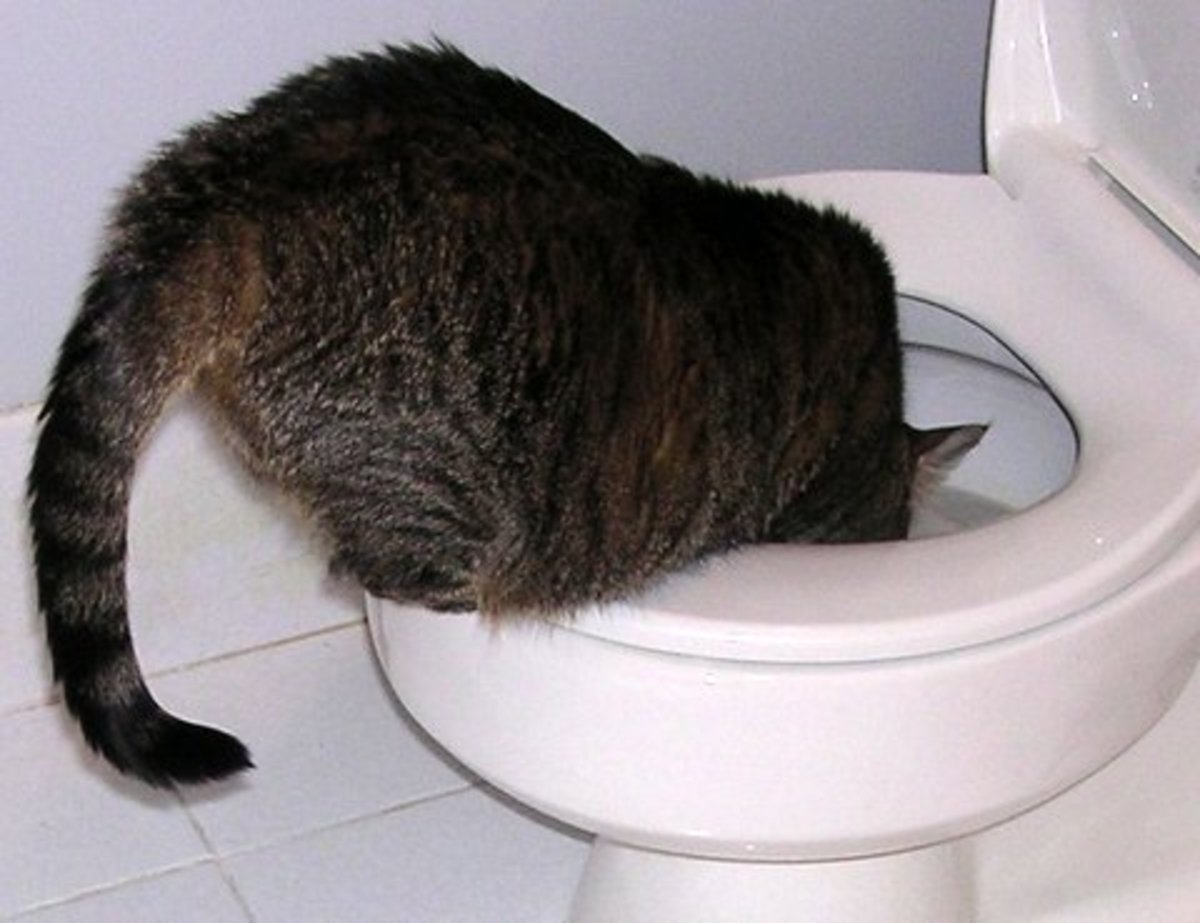Avoid Toilet Disasters: Never Flush Cat Poop Down Your Toilet - Professional Advice
Avoid Toilet Disasters: Never Flush Cat Poop Down Your Toilet - Professional Advice
Blog Article
Just how do you feel in regards to How to Dispose of Cat Poop and Litter Without Plastic Bags?

Introduction
As cat owners, it's necessary to be mindful of how we dispose of our feline friends' waste. While it may appear convenient to flush cat poop down the bathroom, this method can have damaging effects for both the environment and human health and wellness.
Environmental Impact
Flushing pet cat poop introduces dangerous pathogens and bloodsuckers into the water supply, posturing a substantial risk to aquatic environments. These contaminants can adversely impact aquatic life and concession water high quality.
Health Risks
In addition to ecological problems, flushing cat waste can likewise posture health and wellness threats to humans. Cat feces might include Toxoplasma gondii, a parasite that can create toxoplasmosis-- a possibly extreme illness, specifically for expectant women and people with weakened immune systems.
Alternatives to Flushing
The good news is, there are more secure and a lot more accountable methods to dispose of feline poop. Consider the following choices:
1. Scoop and Dispose in Trash
One of the most typical approach of throwing away cat poop is to scoop it right into an eco-friendly bag and throw it in the trash. Make certain to utilize a devoted litter inside story and take care of the waste immediately.
2. Use Biodegradable Litter
Go with naturally degradable pet cat trash made from products such as corn or wheat. These litters are eco-friendly and can be securely gotten rid of in the garbage.
3. Bury in the Yard
If you have a lawn, take into consideration burying cat waste in an assigned location far from vegetable gardens and water sources. Make certain to dig deep adequate to prevent contamination of groundwater.
4. Install a Pet Waste Disposal System
Purchase a family pet garbage disposal system especially designed for cat waste. These systems use enzymes to break down the waste, reducing odor and environmental impact.
Conclusion
Responsible pet ownership expands beyond giving food and sanctuary-- it also entails correct waste monitoring. By refraining from purging feline poop down the commode and going with different disposal approaches, we can minimize our ecological impact and shield human wellness.
Why Can’t I Flush Cat Poop?
It Spreads a Parasite
Cats are frequently infected with a parasite called toxoplasma gondii. The parasite causes an infection called toxoplasmosis. It is usually harmless to cats. The parasite only uses cat poop as a host for its eggs. Otherwise, the cat’s immune system usually keeps the infection at low enough levels to maintain its own health. But it does not stop the develop of eggs. These eggs are tiny and surprisingly tough. They may survive for a year before they begin to grow. But that’s the problem.
Our wastewater system is not designed to deal with toxoplasmosis eggs. Instead, most eggs will flush from your toilet into sewers and wastewater management plants. After the sewage is treated for many other harmful things in it, it is typically released into local rivers, lakes, or oceans. Here, the toxoplasmosis eggs can find new hosts, including starfish, crabs, otters, and many other wildlife. For many, this is a significant risk to their health. Toxoplasmosis can also end up infecting water sources that are important for agriculture, which means our deer, pigs, and sheep can get infected too.
Is There Risk to Humans?
There can be a risk to human life from flushing cat poop down the toilet. If you do so, the parasites from your cat’s poop can end up in shellfish, game animals, or livestock. If this meat is then served raw or undercooked, the people who eat it can get sick.
In fact, according to the CDC, 40 million people in the United States are infected with toxoplasma gondii. They get it from exposure to infected seafood, or from some kind of cat poop contamination, like drinking from a stream that is contaminated or touching anything that has come into contact with cat poop. That includes just cleaning a cat litter box.
Most people who get infected with these parasites will not develop any symptoms. However, for pregnant women or for those with compromised immune systems, the parasite can cause severe health problems.
How to Handle Cat Poop
The best way to handle cat poop is actually to clean the box more often. The eggs that the parasite sheds will not become active until one to five days after the cat poops. That means that if you clean daily, you’re much less likely to come into direct contact with infectious eggs.
That said, always dispose of cat poop in the garbage and not down the toilet. Wash your hands before and after you clean the litter box, and bring the bag of poop right outside to your garbage bins.
https://trenchlesssolutionsusa.com/why-cant-i-flush-cat-poop/
I ran across that review on How to Dispose of Cat Poop and Litter Without Plastic Bags while doing a lookup on the search engines. Sharing is good. Helping others is fun. Bless you for your time. Don't hesitate to stop by our blog back soon.
Detail Report this page